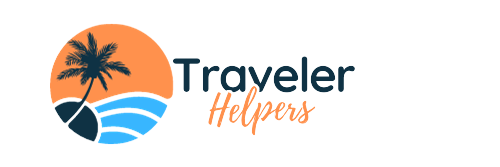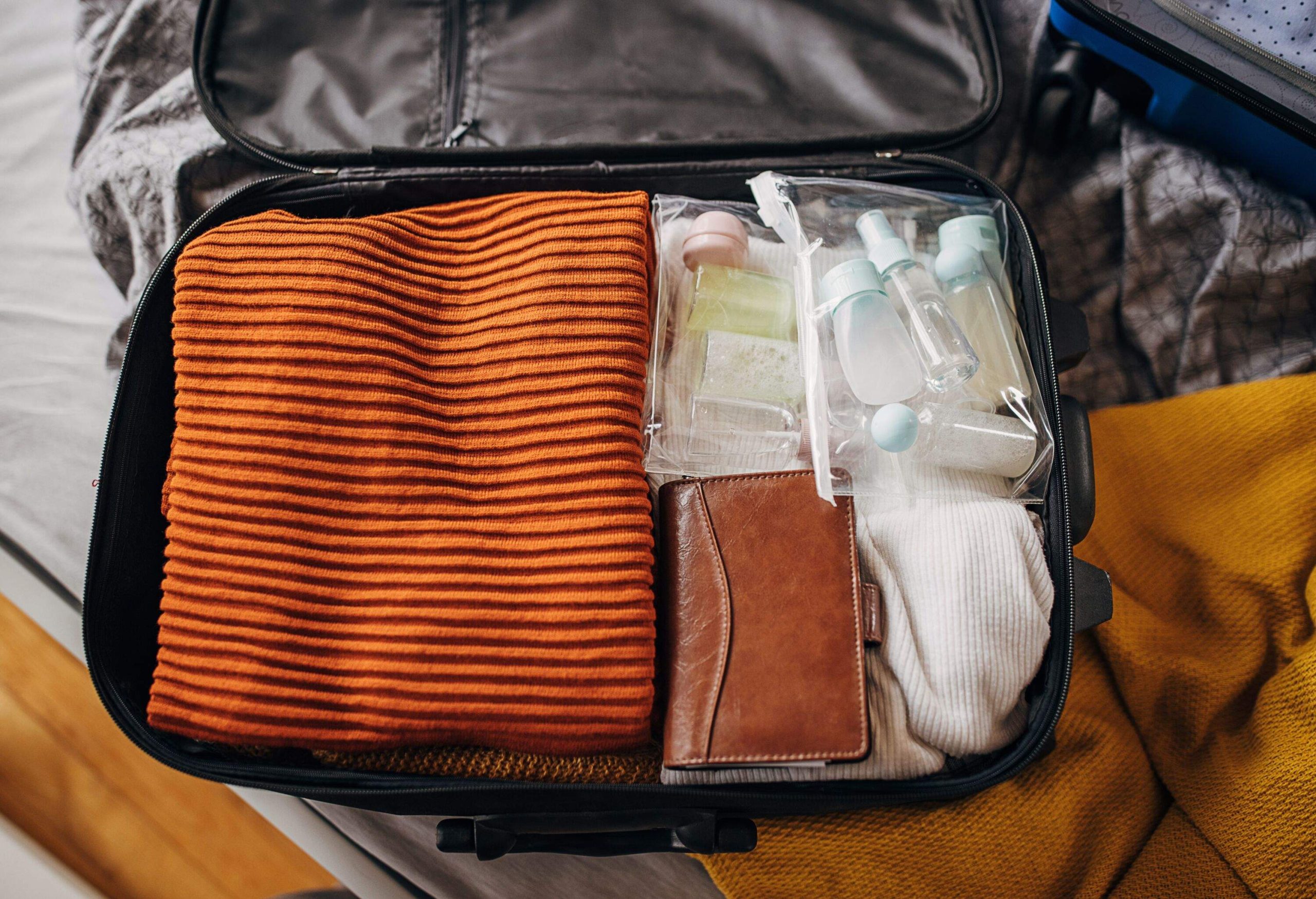From toothpaste and deodorant to perfume and hair products, most of the products we use to get ready each day are defined as liquids by TSA. Fortunately, it’s easy to breeze through security if you know how many ounces you can take on a plane, how to pack them, and how to present everything for screening.
Your guide to the TSA liquid limit for carry-on liquids
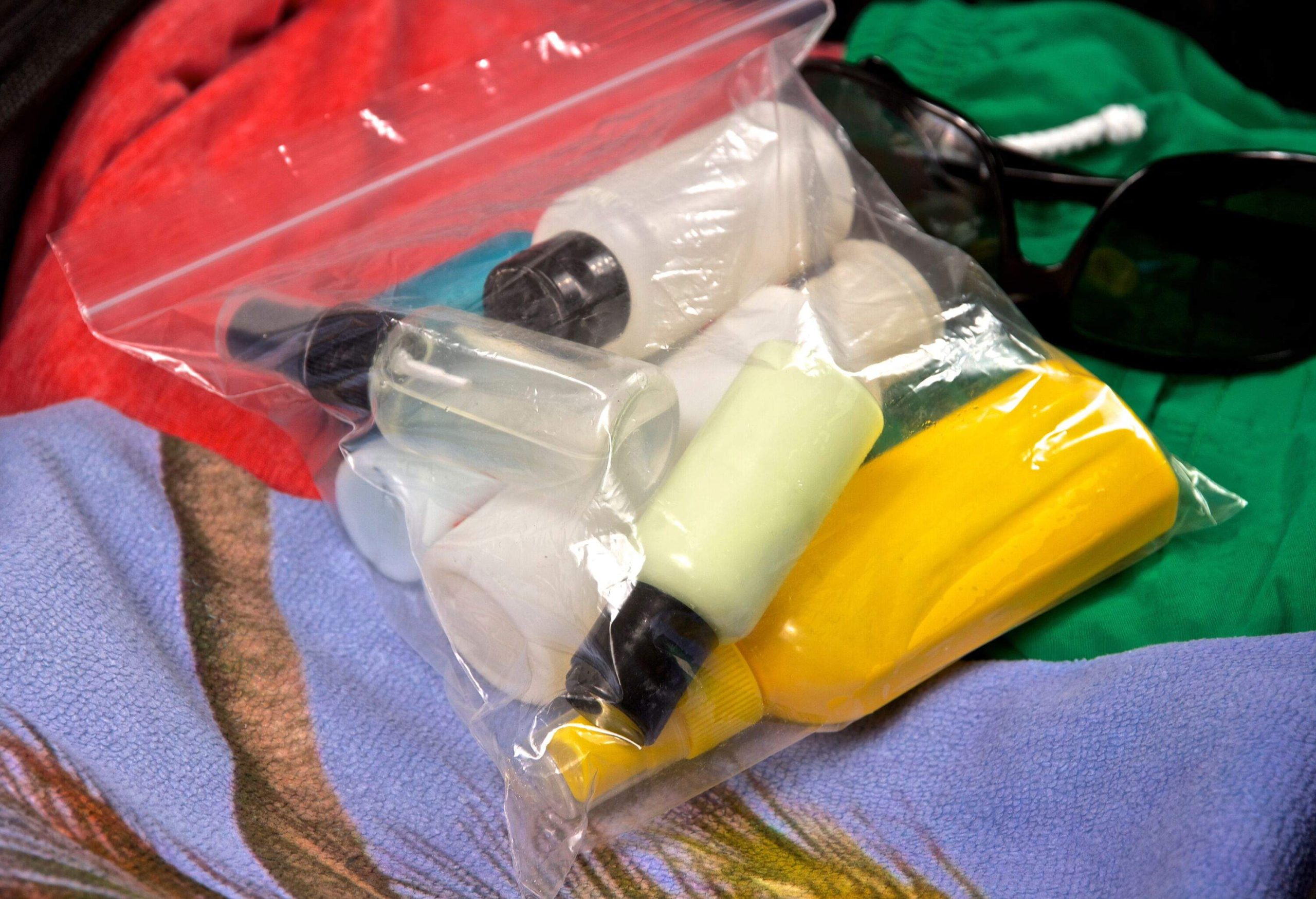
When packing a carry-on bag, one of the most important things to consider is how to pack liquids correctly. The TSA 3-1-1 rule is the gold standard for remaining within liquid limits, and it’s quite easy to follow. All liquids must be within containers of 3.4 ounces (100 milliliters) or less, and they must collectively fit within one clear, zip-top bag that is one quart (32 ounces) or smaller in size.
Each passenger in your group, including a child, is entitled to take advantage of this allowance. While most liquids you’d want to bring will be allowed, it’s also important to understand what is not allowed in a carry-on bag in any quantity.
Toiletries that can be considered as a liquid
Be aware that all of the below toiletries are considered as a liquid by TSA:
- Toothpaste
- Deodorant
- Face wash
- Lip gloss
- Aerosol sunscreen
- Perfume
- Moisturizers
- Nail polish
- Foundation
- Concealer
- Mascara
Understanding ounce limits
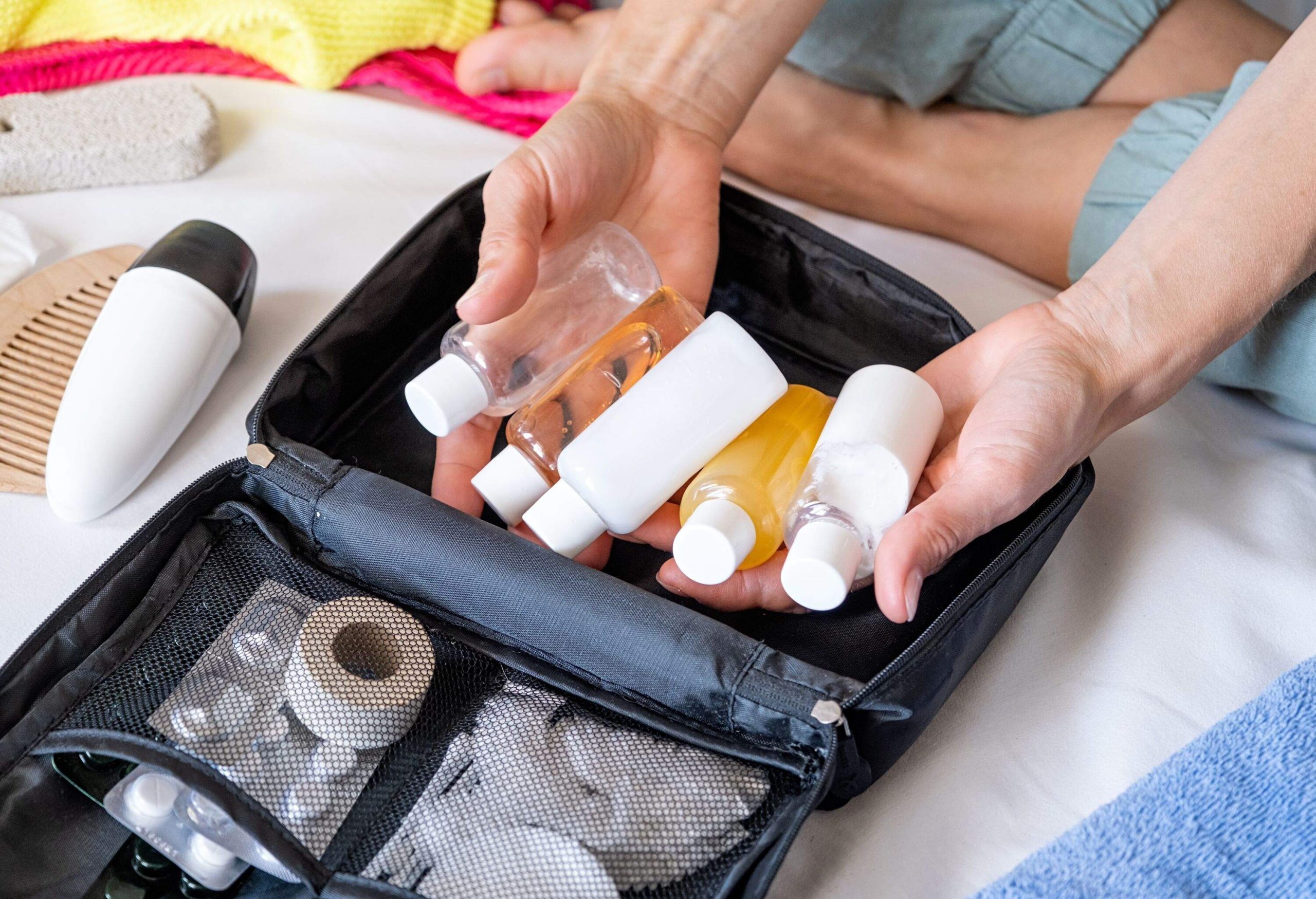
Regardless of the product type, including beverages, liquids are all subject to the same 3.4-ounce maximum per container limit. These items don’t have to be in their original packaging, so feel free to purchase travel-size containers to refill with your favorite products, but remember that everything must be specifically marked with a volume of 3.4 ounces (100 milliliters) or less. You can’t make this marking yourself — it needs to be part of the label or design of the container. Finally, don’t forget that TSA liquid rules include gels, pastes, creams, aerosols, and anything that is not fully solid.
I have an inexpensive collection of these empty containers that includes mini spray bottles, squeezable tubes, and pots for creams, so I’m always able to transport any product I need.
Special cases and exceptions
As with everything in life, even the TSA ounce limit for carry-on has some exceptions, but not many. In each case, you’ll need to take some additional steps when passing through security.
Medically necessary liquids
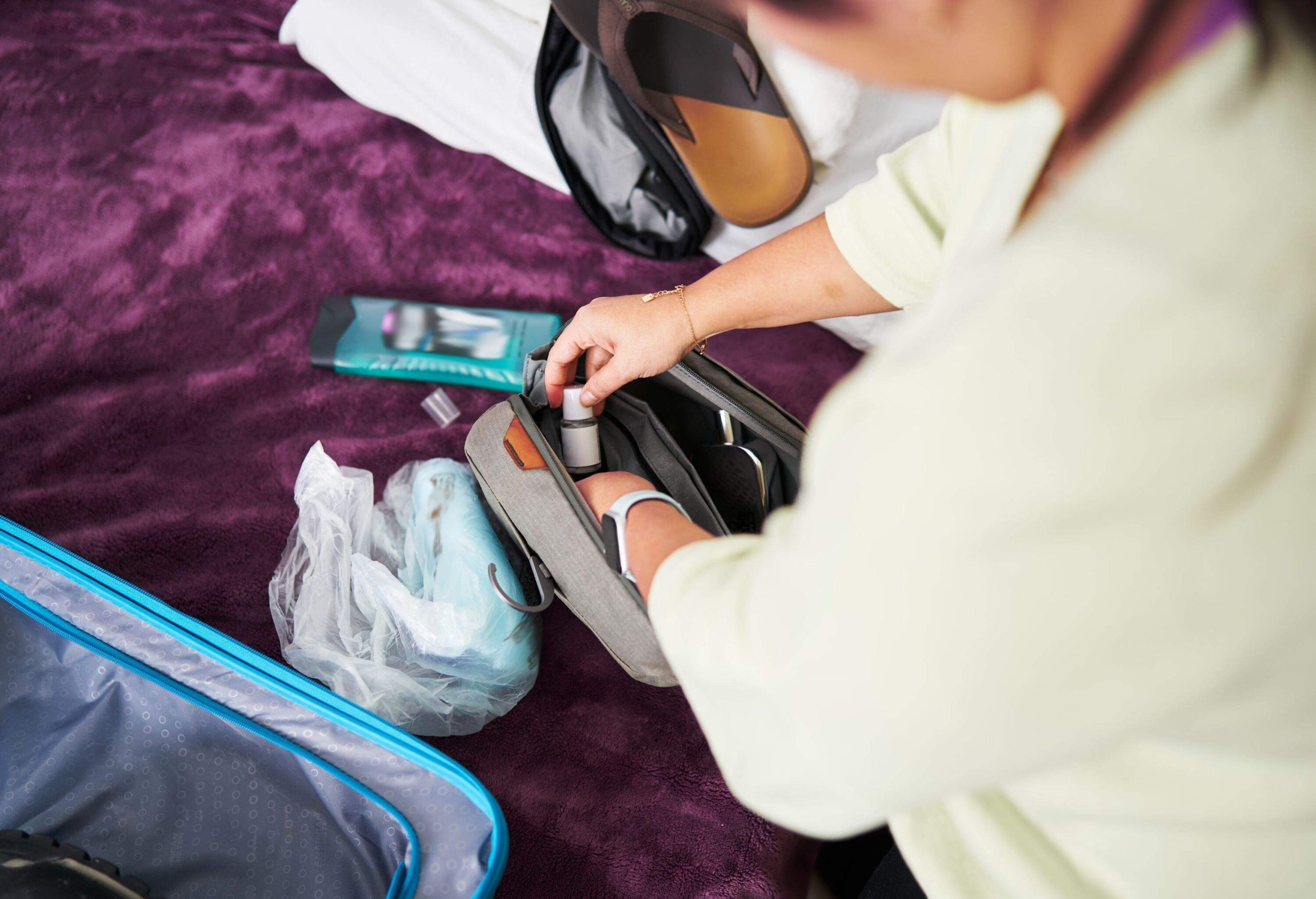
Medically necessary liquids are permitted in larger quantities. While there is no published limit to these, TSA advises they must be in “reasonable quantities,” so bring only what you need to avoid additional questioning and possible confiscation. These include prescribed medications and creams, and childcare necessities like baby formula and breast milk.
These do not include unprescribed, general health items like sunscreen or common lotions. Declare and present your medically necessary liquids to a TSA agent during screening. They will likely be scrutinized separately and may undergo additional noninvasive testing. Remember that the TSA agent always has the final say, so remain polite and cooperative.
Airport purchases
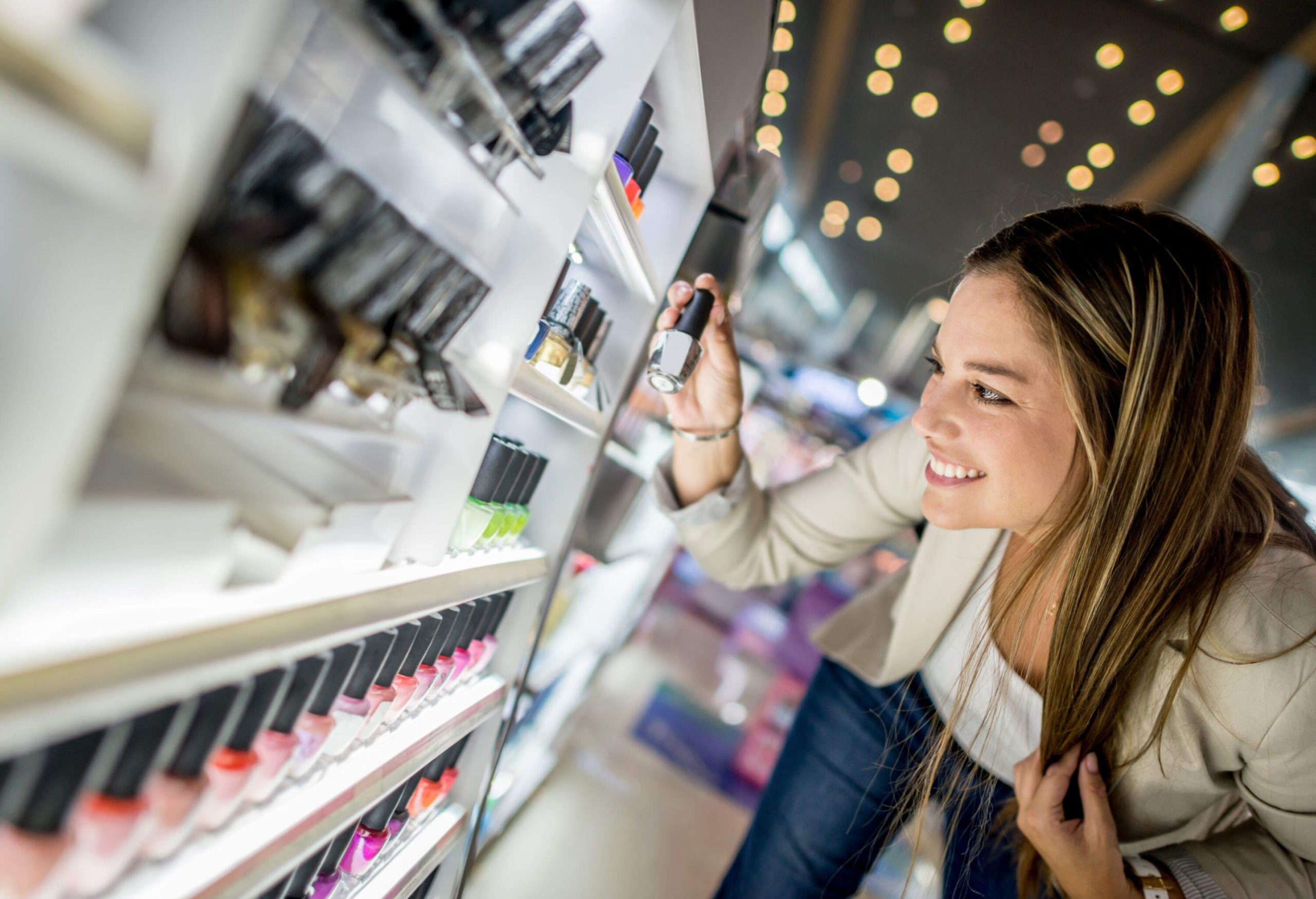
If you purchase liquids like beverages or products after you have passed security, you are allowed to carry these onboard your immediate flight without limit. Liquids sold inside the airport have already been screened, so they’re not subject to any additional restrictions and liquid screening will not occur at the gate.
However, if you are arriving into the United States from an international flight and making a connection there, you will not be able to bring these purchases in your carry-on during your next flight. Consume, use, or toss them, unless you also have a checked bag. Because you must reclaim all luggage at your first point of entry in the US, you’ll have a chance to stow these purchases inside your suitcase before returning it for the onward journey, leaving you free and clear at TSA carry-on screening.
Duty-free purchases
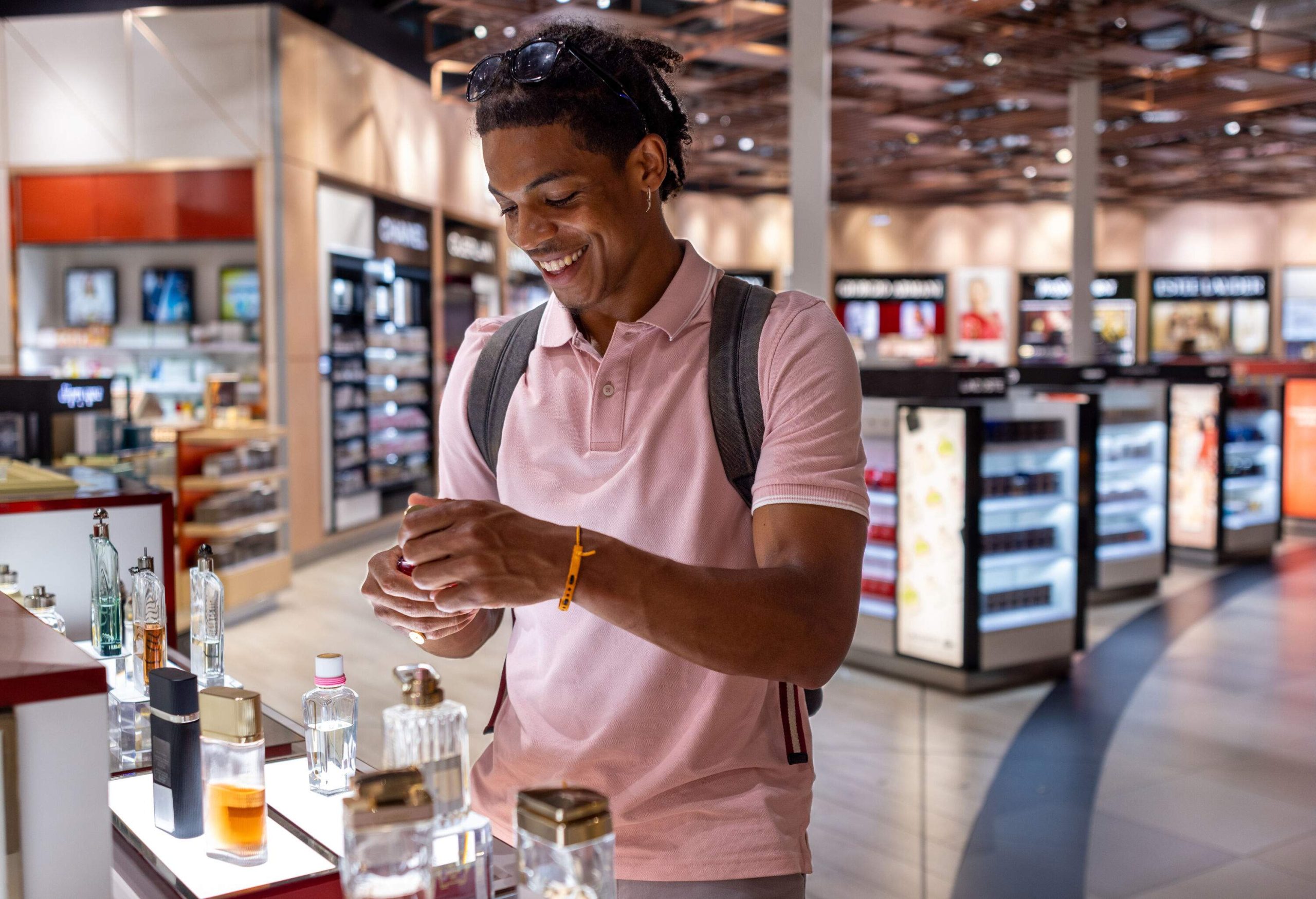
Like other airport liquids, duty-free purchases like alcohol or beauty products can join you on your flight without a size limit, as far as TSA is concerned. These are the only exceptions for carry-on during your connecting flight, too. Duty-free purchases can surpass the TSA 3-1-1 rule if they were made internationally within 48 hours; remain in the unaltered, still-sealed packaging prepared by the store; and are presented with the original receipt. These must also be presented separately during TSA screening.
Tips for smooth security checks
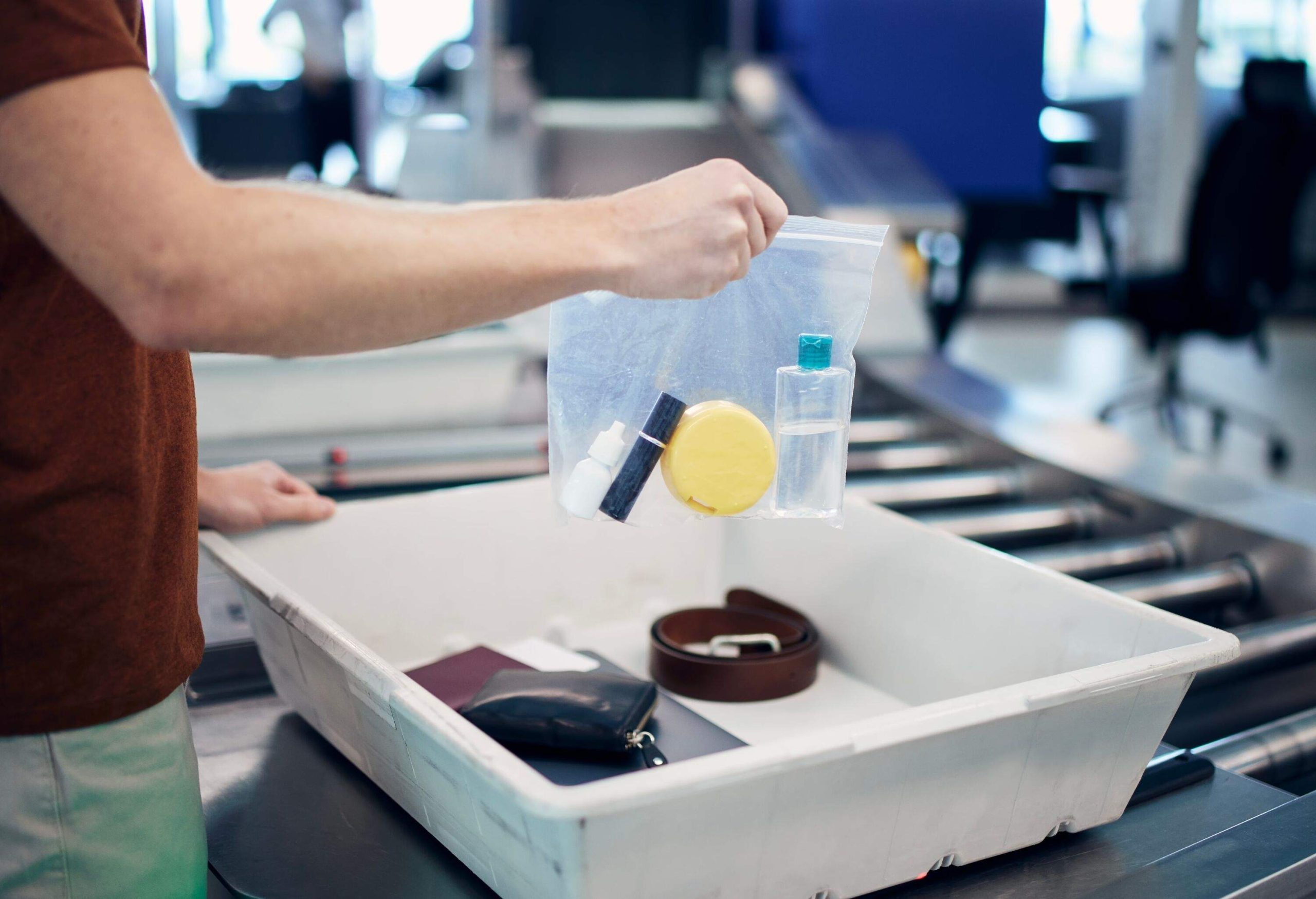
Airports across the United States don’t necessarily follow all of the same security procedures, so remain flexible and always do as advised by any TSA agent. That said, there are some key procedures you can expect to be enforced everywhere, and liquid regulations are among the most critical.
Minimize your time at checkpoints by keeping your bag of liquids packed at the top of your carry-on, or in a location that can be accessed quickly.
TSA offers a clear guide to screening procedures at TSA checkpoints, and you should read them carefully before packing. Most importantly, always obey every TSA agent’s instructions, and remain calm and polite.
I keep my bag of liquids in the external pocket of my carry-on suitcase, and nothing else is packed here. This way, I always know exactly where it is and nothing else falls out when I reach for it.
Bringing full-size liquids on the plane
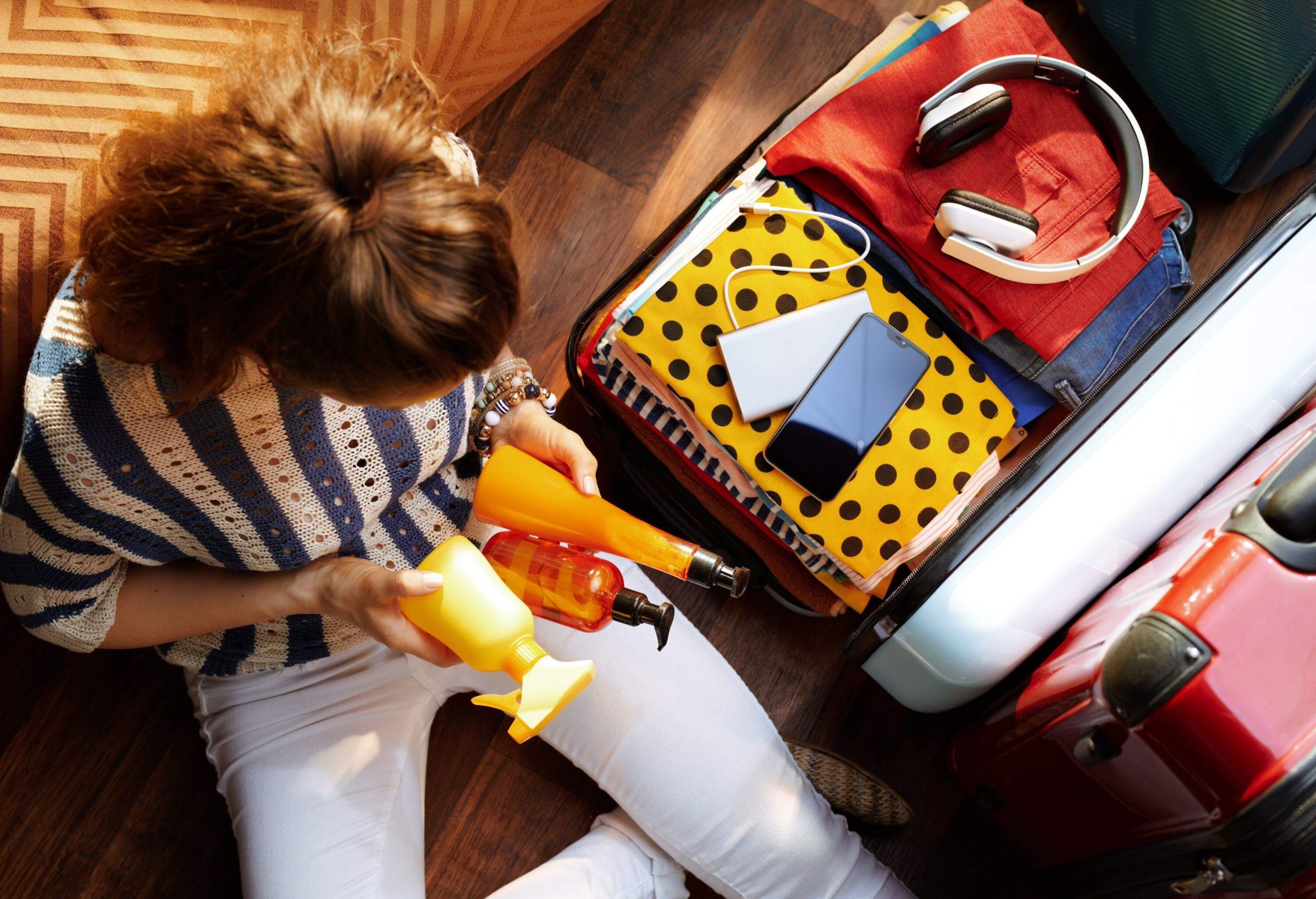
You can’t take large liquids in your carry-on, but you can still bring food and beverages on a plane, along with most liquid products. You just have to pack them carefully in your checked luggage. In a checked bag, there are no size limits for liquids. Instead, just be sure you’re not packing banned liquids, like alcohol over 140 proof, compressed gases, spray paints, or other combustible substances.
Finally, if you’re traveling internationally, check your destination’s customs limits for liquids like alcohol and agricultural products like honey. Your airline won’t screen for this because there’s no security risk, but you may face consequences on arrival during customs declaration. If discovered, the items will be confiscated and you may also face fines and other consequences.
How this guide was created
I fly an average of twice per week, from short business trips with just a carry-on to long-haul flights with plenty of checked bags. In the past, I’ve had several items taken from me at TSA checkpoints, but now I’m in and out in under three minutes. I’ve combined my years of frequent flying with KAYAK’s expert tips and advice to bring you this guide so you can sail through TSA yourself, and be sure your checked bags are violation-free, too.
Get going
Now that you understand exactly how many ounces you can take on a plane, it’s time to get going. If you don’t already have a spot in mind, check out some popular destinations with KAYAK’s easy search tools for flights to New York or flights to Los Angeles. If you already know where you’re going, KAYAK’s comprehensive flight guide will make sure you don’t miss a trick from planning to arrival.
